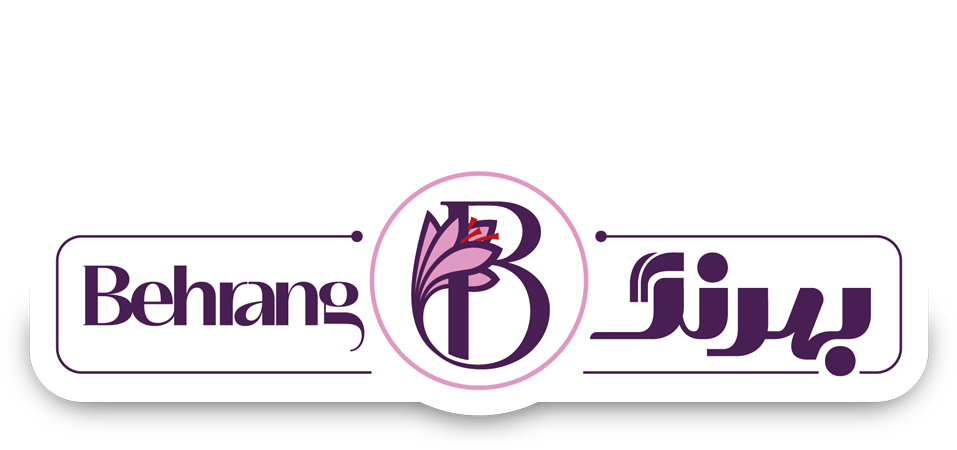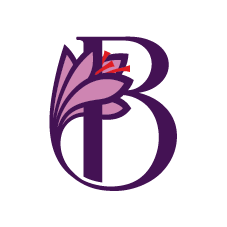Saffron History
Saffron is an incredibly fascinating spice with a history that spans thousands of years. It is derived from the Crocus sativus plant, which belongs to the Iridaceae family. This plant has strikingly purple petals and deep red stigmas, which are the source of saffron’s many medicinal properties, unique flavor, and delightful fragrance. In addition to being a highly prized spice, saffron is also renowned for the vibrant color it brings to dishes.
Did you know that the word “saffron” actually originates from Arabic? It’s interesting to note that the term “za’faran” is formed by combining two words in Arabic, “za’f” meaning pure and precious, and “‘afraan” meaning coloring something. This is why saffron is referred to as such, due to its vibrant red color and many beneficial properties.
It is worth noting that saffron, a highly valued plant, has its origins primarily in the Middle East. Its cultivation dates back to ancient times, with Iranians being among the first to become acquainted with it. The longevity of the relationship between Iranians and this plant is evidenced by archaeological discoveries, scholarly research, and references in Persian literature. Saffron remains an essential component of Iran’s agricultural sector to this day.
Iran is the main producer of saffron in the world, making up more than 90% of the global supply. The city of Torbat Heydarieh in the Khorasan Razavi province is known as the center of saffron farming in Iran. Saffron has a long history in the Middle East, and Iranians have a strong connection to the plant. Archaeology, research, and Persian literature show that Iran’s agricultural industry still relies heavily on saffron.
Saffron has many health benefits, including anti-anxiety and anti-cancer properties. It’s known as “red gold” because of its unique flavor and color. Iran is the main supplier of saffron, and it’s grown in Torbat Heydarieh.
SAFFRON ORIGIN
Saffron has a rich history that dates back thousands of years. It’s believed that the saffron plant originated in the Middle East and spread to other parts of the world. According to archaeological findings, people in various regions of the world, including Iran, Greece, Rome, India, and China, consumed saffron during ancient times. Saffron was used for medicinal purposes and to improve mood, and it was introduced to other parts of the world through trade. The Persians highly valued saffron even before the Common Era, and it continues to be a valuable commodity today.
THE HISTORY OF SAFFRON IN IRAN
The cultivation and use of saffron in Iran can be traced back to ancient times. Archaeological findings reveal that saffron was a significant crop in regions like Khorasan and Kermanshah in Iran since the third millennium BCE. The history of saffron in Iran is a testament to its importance and value throughout the ages.
Saffron has been a valuable commodity in trade and the economy for centuries. It was important during the Achaemenid era and was significant in various celebrations and events. The captivating history and significance of saffron in Iran are genuinely fascinating.
Saffron cultivation experienced significant growth during the Sassanian period, specifically in Iran. This valuable agricultural product was highly regarded and cultivated in various regions including Saffronagan, Bojnurd, Khoy, Torbat-e Heydarieh, and Ghaenat. Its expansion played a crucial role in the economy of that era.
Saffron was a valuable commodity for Iran during the Qajar era and was exported to European countries, including France, Spain, Italy, and Germany. Its cultivation was prevalent in different regions of the country, highlighting its significance to Iran’s economy and history.
Throughout history, saffron has emerged as a crucial revenue stream and an integral part of Iran’s export economy. Iran proudly holds the title of the world’s leading saffron producer. Regarding saffron, Iranian saffron stands out as a premier choice in terms of quality and quantity. With over 90% of the world’s saffron production, Iran has genuinely established itself as the leader in providing the finest and highest-quality varieties available globally.
SOME OF THE REGIONS WHERE SAFFRON CULTIVATION TAKES PLACE INCLUDE:
-
KHORASAN RAZAVI:
The province of Khorasan Razavi holds a distinguished reputation as one of Iran’s leading hubs for saffron production. This region’s cities, such as Torbat Heydarieh, Torbat-e Jam, Fariman, Taybad, and Quchan, are indispensable in cultivating the finest saffron.
-
SOUTH KHORASAN:
South Khorasan province holds significant importance in saffron cultivation within Iran. Cities like Birjand, Qaenat, Sarayan, and Nehbandan are renowned for their saffron production.
-
KERMAN:
Iran’s Kerman province is well-known for producing saffron. The cities of Sirjan, Rafsanjan, Kerman, and Shahrbabak are particularly important for saffron cultivation in this region.
-
FARS:
Saffron cultivation is prevalent in cities like Shiraz, Ghirokarzin, Marvdasht, and Kharameh located in the Fars province.
-
KURDISTAN:
The western province of Kurdistan in Iran is famous for its cultivation of saffron. Among the cities that are well-known for growing saffron in this area are Sanandaj, Bijar, Divandareh, and Sarvabad.
Among these, the Khorasan Razavi province is widely recognized as the main production center and birthplace of saffron in Iran.
THE ORIGIN OF SAFFRON IN IRAN
Khorasan Razavi has earned its reputation as the home of saffron in Iran, and within the region, Torbat Heydarieh stands out as the epicenter of saffron production. This city alone contributes to over 70% of Iran’s total saffron production, cementing its position as a dominant force in the industry. The province and its neighboring regions are well known for their saffron cultivation and harvesting. Cities like Torbat Heydarieh, Qaenat, Sabzevar, and Neyshabur are renowned for their saffron production. Thanks to the favorable climate and fertile soil, these areas provide an ideal environment for producing high-quality saffron.
KHORASAN RAZAVI IS RECOGNIZED AS THE BIRTHPLACE OF SAFFRON IN IRAN FOR THE FOLLOWING REASONS:
-
CLIMATIC CONDITIONS:
The climate in Khorasan Razavi is exceptionally suitable for the growth and cultivation of saffron, thanks to its hot and dry conditions. Saffron thrives in this environment, which requires dryness during winter and moderate humidity in the spring. These ideal conditions ensure a high-quality yield of this precious spice. Khorasan Razavi boasts the perfect climatic conditions that align perfectly with the ideal patterns for saffron cultivation. This makes it an exceptionally suitable region for cultivating this precious spice.
-
REQUIRED SOIL:
Saffron cultivation is a delicate process that requires specific soil conditions. The soil must have a loamy texture, maintain an appropriate pH level between 6 and 8, and provide proper drainage. Luckily, the soils found in Khorasan Razavi, particularly in areas like Torbat Heydariyeh, possess these ideal characteristics for saffron cultivation. No wonder these regions are considered prime locations for growing this precious spice.
-
FARMERS’
Expertise:
Farmers in the region of Khorasan Razavi have acquired extensive experience and knowledge in saffron cultivation and production thanks to their long-standing history in this field. Their expertise in proper cultivation planning, harvesting stages, and saffron processing has significantly impacted them. As a result of its abundant saffron production, Khorasan Razavi is widely recognized as one of Iran’s most essential regions.














